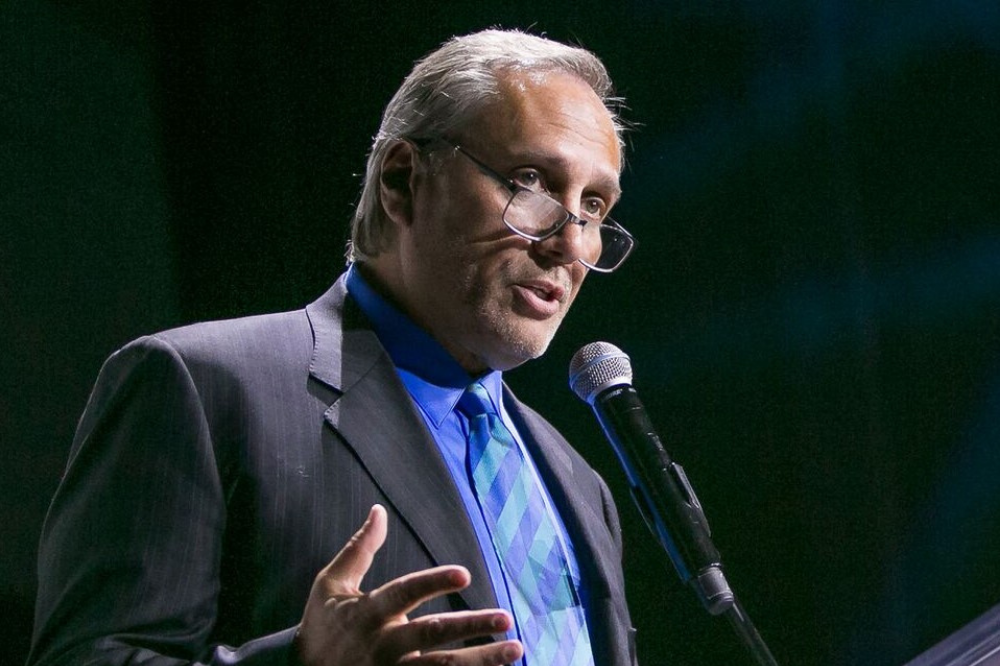Some of Canada's top executives provide their views on the OSFI move

The news the mortgage industry had been expecting arrived last Thursday, with Canada’s banking watchdog announcing a planned hike to the mortgage stress test rate would go ahead on June 01.
A statement by the Office of the Superintendent of Financial Institutions (OSFI) indicating that the uninsured qualifying rate would be increased to 5.25%, or two percentage points above the mortgage contract rate, whichever is higher, had been anticipated since it indicated its intention to reassess the rate in early April.
The news was accompanied by a statement from federal Finance Minister Chrystia Freeland indicating that the qualifying rate for insured mortgages would also increase in alignment with the uninsured rate.
Earlier this month, three leading figures in Canada’s mortgage space gave their thoughts on the hike in a panel discussion with Mortgage Broker News, with a common theme emerging: OSFI is fulfilling its watchdog role over the financial system by enacting the stress test change, but it’s unlikely to have a profound impact on the housing market and current levels of demand.
Read next: Exasperation with government grows among brokers
“I think we all know what OSFI’s primary role is: to make sure the financial system is safe and sound, and that our lenders are safe and sound,” commented Peter Aceto, president, Mortgage Alliance (pictured above).
“The mortgage stress test rate was put in place to create a buffer in case rates go up – [but] I think [many perceive] further deepening and increasing this buffer… as unnecessary, and it contemplates a real doomsday scenario.”
Aceto said that the broker community was likely to demonstrate its adaptability in light of the announcement. “I’ve talked to a lot of brokers about it and there is a view that it may push out a few people who are barely able to qualify, but it could also lead to mortgage brokers and borrowers adjusting and pivoting and being innovative: finding co-borrowers and finding out ways to get a larger down payment,” he said.
For Boris Bozic, founder and CEO at MERIX Financial (pictured directly below), the OSFI decision was a reaction to the housing market’s frenetic pace – although he said that its effect on MERIX (whose uninsured products make up a relatively small percentage of its overall business) and the market overall was likely to be less dramatic than some had anticipated.

“You take a look at the regulators and what they’re trying to do: they’re responding to the frothiness of the marketplace,” he commented. “One motivating factor was to appear that they’re addressing the issues that are in all the papers, online [and] everywhere, because that’s what everybody is talking about.
“I don’t think [the overall impact] is going to be as profound as I have heard some individuals in the industry saying. It’s not as if the government hasn’t tried things in the past – and the market has continued to evolve and grow.”
Read next: Are federal measures on housing missing the mark?
Some in the industry believe that the OSFI determination is missing the mark in addressing problems with Canada’s housing market, and that federal intervention should be centred around rectifying current supply issues.

John Bargis, founder and CEO of the Coalition of Independent Mortgage Brokers of Canada (CIMBC) (pictured directly above) said that the lack of supply to meet demand in the market was a long-standing issue. “There’s certainly a lot of discussion and rhetoric around a bubble that continues to build, and there’s arguments for both sides – I could see the reasons for concerns,” he said.
“But that problem has been ongoing for many years, and it’s largely based on the lack of supply… I don’t care what level of government you’re referring to; they haven’t really implemented the appropriate strategies to address [that issue]. When you’ve got the demand curve that’s far steeper than the supply curve, that’s a big problem.”



